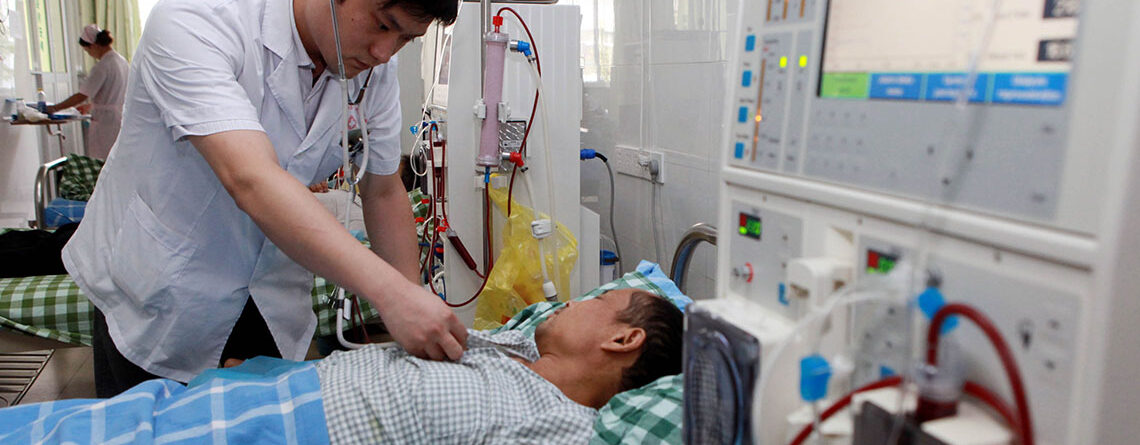Can China’s creaky health insurance scheme withstand its ageing population and coronavirus?
For two decades, 65-year-old farmer Che Xiuyue had been troubled by osteophytes, bony lumps that grew on her knees, causing her unbearable pain and stiffness.
Read also Commentary: China and ESG — a delicate balance
Che would be even worse off without the China Health Insurance Fund, which covers 96.8 per cent of the world’s most populous nation, but is under enormous strain from the coronavirus pandemic and a society that is rapidly ageing.
China spent more than 400 billion yuan (US$62.7 billion) in 2020 on coronavirus testing, vaccines and patient treatment.
Medical expenses for Covid-19 patients reached 2.84 billion yuan last year, of which the health insurance fund paid 1.63 billion yuan, official data showed.
Zhang Jinni, lead negotiator for the fund, said in November the scheme had faced a “very difficult” year due to a reduction in employee contributions early in the pandemic and expenditure on coronavirus vaccines, which are free to the public.
The insurance fund had income of 2.4 trillion yuan in 2020, 1.7 per cent above the previous year. But costs were 2.1 trillion yuan, up 0.9 per cent from a year earlier. The total balance held by the fund was 3 trillion yuan at the end of last year.
Read more @China Macro Economy
413 views











